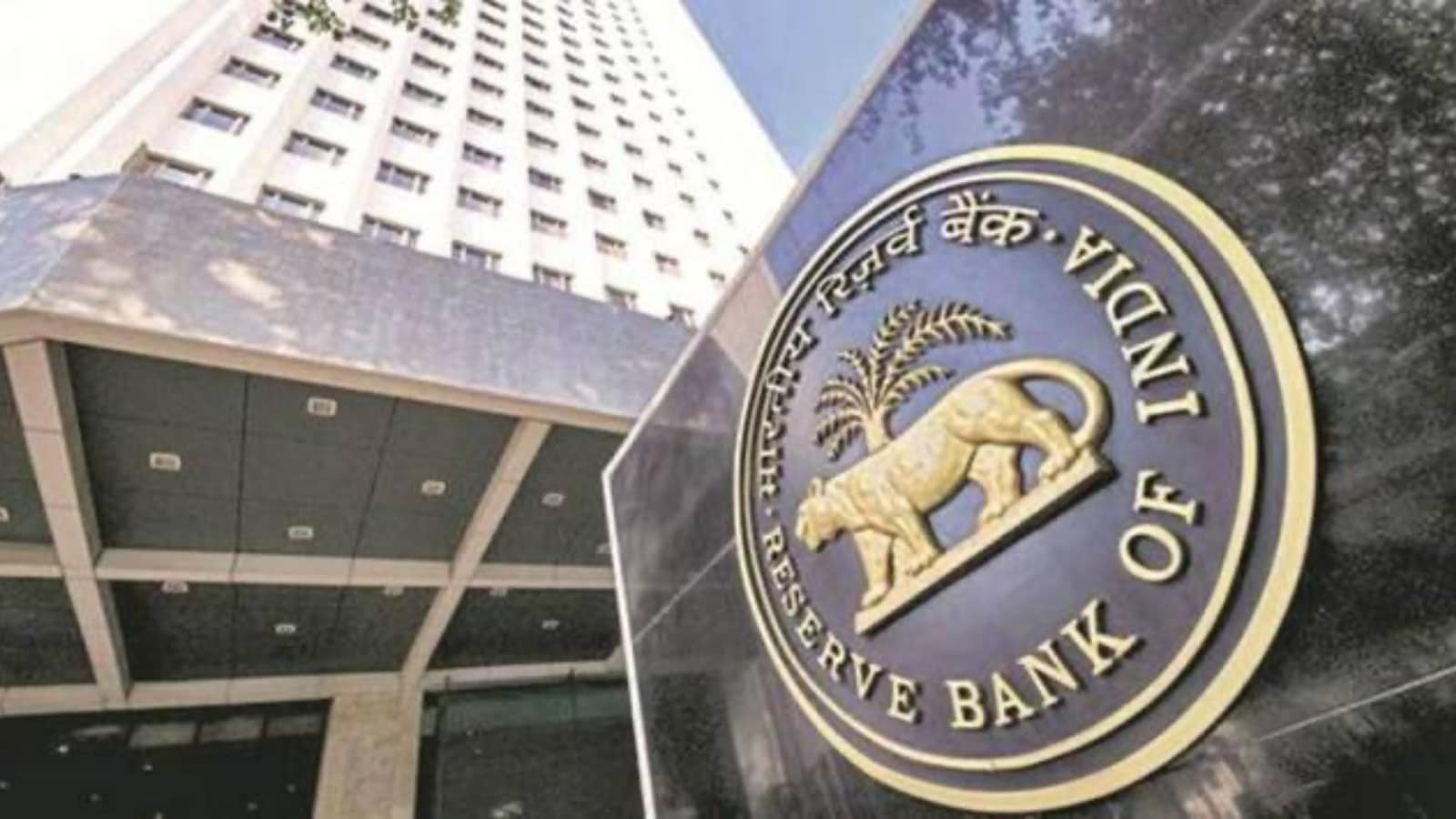ARTICLE AD BOX
Last Updated:June 04, 2025, 18:25 IST
If the impeachment motion is pursued, it will initiate a rare and highly structured removal process under the Constitution of India and the Judges Inquiry Act

Justice Yashwant Varma likely to get impeached, Centre weighing options. (Image: X)
The Centre is set to move an impeachment motion against Allahabad High Court’s Justice Yashwant Varma in Parliament, aiming to remove him under a constitutional and judicial inquiry framework.
Union Parliamentary Affairs Minister Kiren Rijiju said the government is seeking an all-party consensus for action against Justice Varma, who is facing allegations of corruption after the discovery of stacks of burnt cash following a fire incident at his official residence in March when he was a judge at the Delhi High Court.
The impeachment motion comes following his indictment by a three-member probe committee constituted by the Supreme Court. Though he claimed ignorance about the cash, the SC-appointed committee indicted him after speaking to a number of witnesses and recording his statement.
If pursued, this motion will initiate a rare and highly structured removal process under the Constitution of India and the Judges Inquiry Act. According to Article 217, read with Article 124(4), a high court judge can be removed only by the President after both Houses of Parliament pass a motion with a special majority on grounds of proven misbehaviour or incapacity.
The Judges Inquiry Act mandates that the process begin with a notice of motion signed by 100 MPs in the Lok Sabha or 50 MPs in the Rajya Sabha. If the Speaker or Chairman admits the motion, a three-member committee — comprising an SC judge, HC Chief Justice, and a distinguished jurist — is formed to probe the charges.
The judge has the right to a fair hearing, including responding to charges and cross-examining witnesses. If the committee finds the judge guilty, the matter is returned to Parliament for a final vote.
In the history of India’s judiciary, no HC judge has been removed through impeachment. If formally initiated, this move will be unprecedented. There have, however, been only two instances of Parliament taking up the impeachment motion — in one case, it could not get the required support to be passed, and in the other, the judge resigned.
Here’s all you need to know about the procedure to remove a judge through impeachment:
- Notice of Motion in Parliament: A motion to address the President seeking the removal of a judge must be signed by at least 100 members of the Lok Sabha or 50 members of the Rajya Sabha. The notice is then submitted to the Speaker or the Chairman, respectively.
- Admission or Refusal of Motion: The Speaker or Chairman may consult with others and review available materials to decide whether to admit or refuse the motion.
- Formation of a Three-Member Committee: If the motion is admitted, the Speaker or Chairman will form a three-member committee to investigate the grounds for the judge’s removal. This committee includes a Supreme Court judge, a High Court Chief Justice, and a distinguished jurist.
- Committee’s Role: The committee frames specific charges against the judge, which are communicated to the judge along with the grounds for each charge. The judge is given a reasonable opportunity to respond with a written statement of defense. The committee can also allow the judge to cross-examine witnesses and present evidence.
- Committee’s Report: After the investigation, the committee submits its report to the Speaker or Chairman, or to both if the committee was jointly formed. The report includes the committee’s findings on each charge and observations on the case.
- Consideration of Report by Houses: The Speaker or Chairman presents the report to their Houses for consideration. If the judge is found not guilty, no further action is taken. If found guilty, the motion and the report are considered by Parliament.
- Adoption of Motion: If both Houses adopt the motion, the judge’s misbehaviour or incapacity is deemed proven. An address seeking the judge’s removal is then presented to the President by each House in the same session, where the motion was adopted.

Ananya Bhatnagar, Correspondent at CNN-News18, reports on various legal issues and cases in lower courts and the Delhi High Court. He has covered the hanging of the Nirbhaya gang-rape convicts, JNU violence, De...Read More
Ananya Bhatnagar, Correspondent at CNN-News18, reports on various legal issues and cases in lower courts and the Delhi High Court. He has covered the hanging of the Nirbhaya gang-rape convicts, JNU violence, De...
Read More
- Location :
- First Published:
News india Impeachment Motion Against Justice Yashwant Varma: What Is The Process To Remove A High Court Judge?



.png)
.png)
.png)
















 1 day ago
6
1 day ago
6








 English (US) ·
English (US) ·